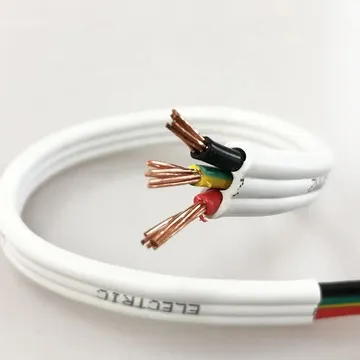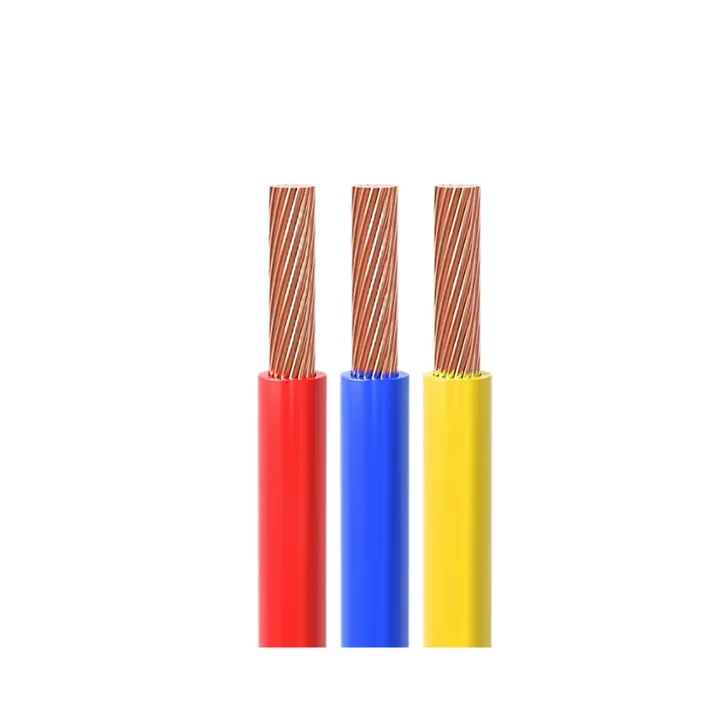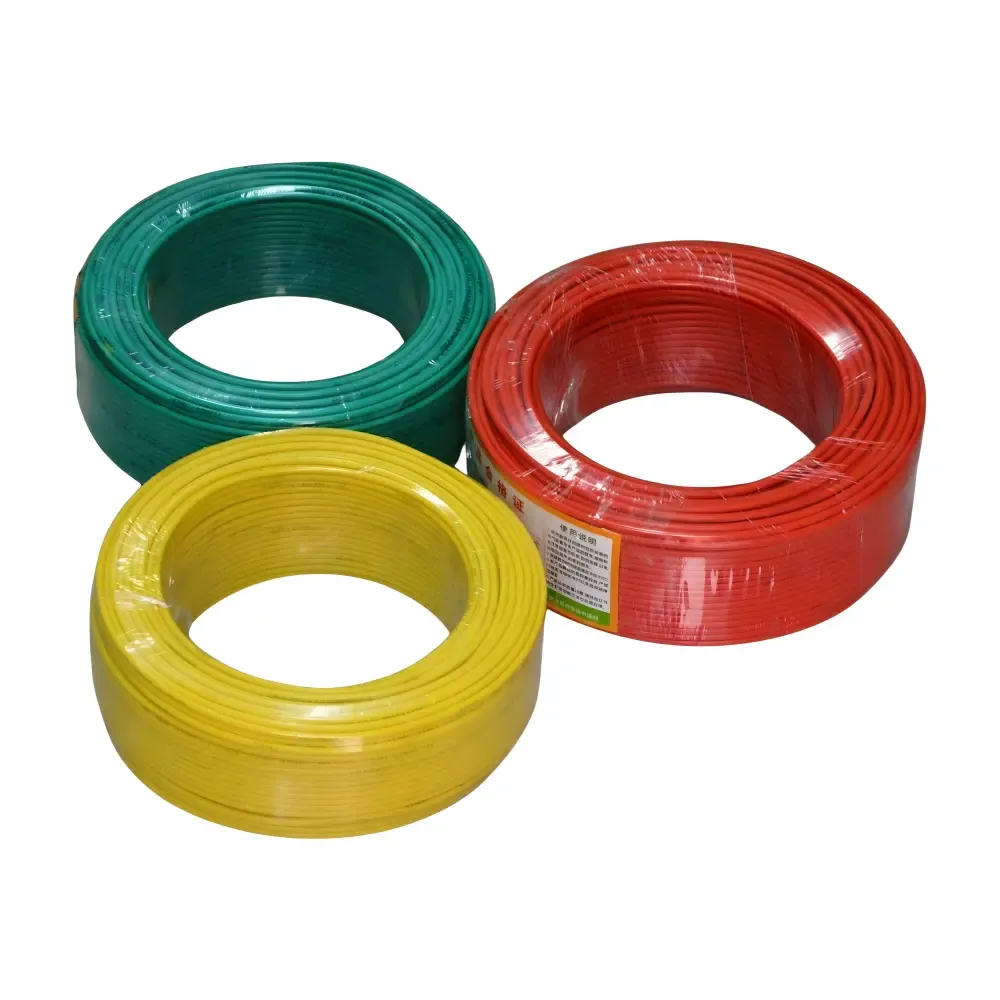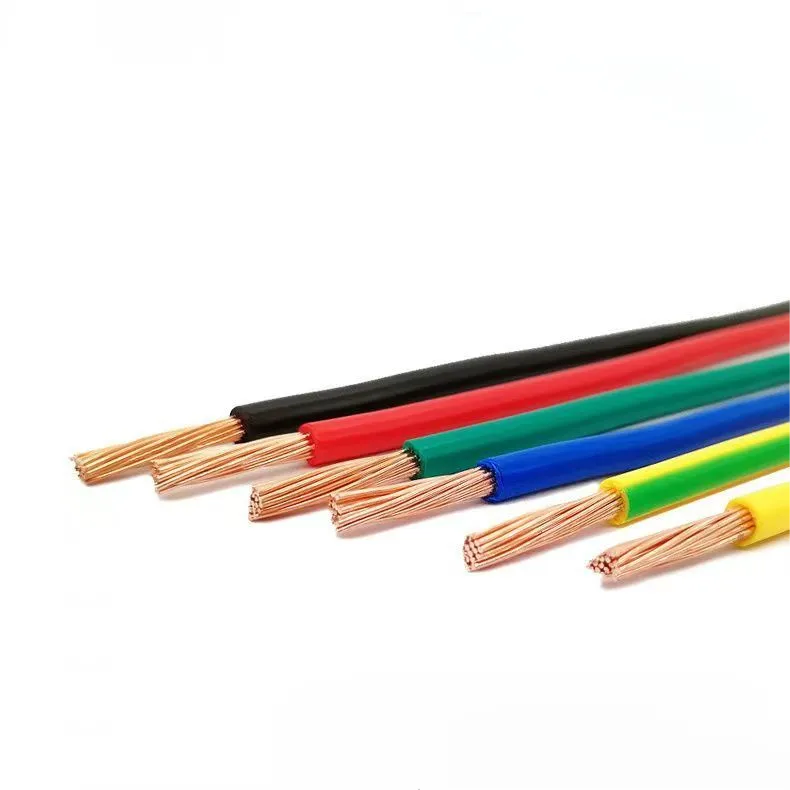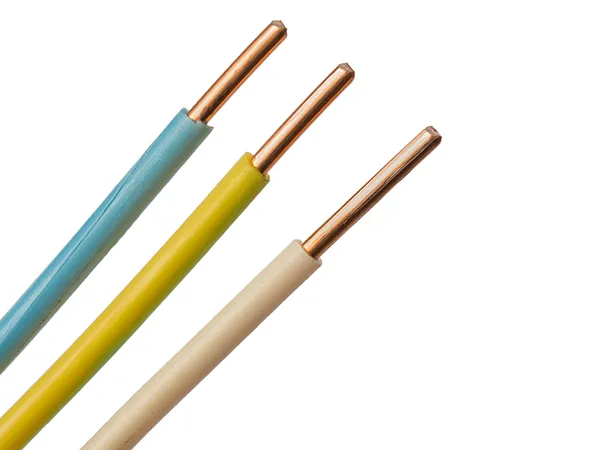TPI Cable vs. TPS Cable: What’s the Difference?
Time: 2025-05-12 15:22:05
Source: Henan Province Jianyun Cable Co., Ltd.
What Are TPI and TPS Cables?
TPI (thermoplastic insulated) and TPS (thermoplastic-sheathed) cables are electrical cables used for power distribution and signal transmission in various settings. TPI cables feature a single conductor surrounded by a single layer of thermoplastic insulation, typically polyvinyl chloride (PVC) or polyethylene (PE), designed for simplicity and specialized applications. TPS cables, also known as tough plastic-sheathed cables, consist of multiple individually insulated conductors (usually copper) encased in a durable outer PVC sheath, offering enhanced protection and versatility. Both are widely used in residential, commercial, and industrial applications, particularly in regions like Australia and New Zealand, but their structural differences dictate their suitability for specific tasks, similar to distinctions between THHN, TFFN, or multi-conductor cables discussed previously.
Construction Differences
The primary difference between TPI and TPS cables lies in their construction:
-
TPI Cables:
-
Conductor: A single copper or aluminum conductor, typically stranded for flexibility or solid for rigidity.
-
Insulation: A single layer of thermoplastic material (e.g., PVC or PE) surrounds the conductor, providing electrical isolation.
-
Structure: No outer sheath, resulting in a simpler, lightweight design. The insulation itself serves as the protective layer.
-
Properties: Thermoplastic insulation is meltable and reprocessable, allowing repairs through heating and pressurization. It contains no low-toxicity reactive chemicals, offering environmental benefits.
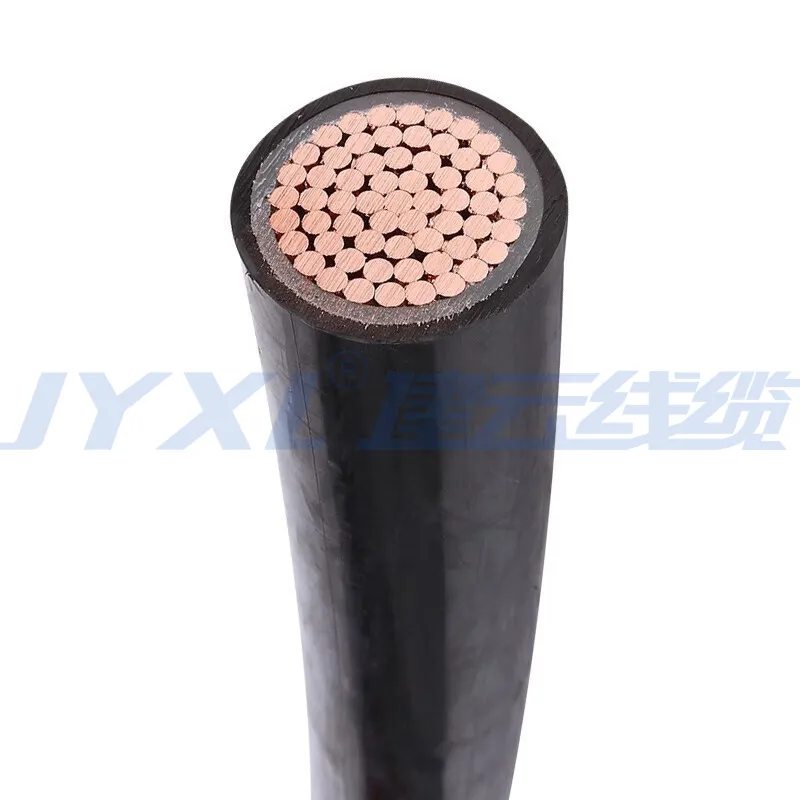
-
TPS Cables:
-
Conductors: Multiple conductors (e.g., 2 to 4 cores), each individually insulated with PVC for electrical separation.
-
Insulation: Each conductor has its own PVC insulation, color-coded (e.g., red for active, black for neutral, green/yellow for earth in Australia).
-
Outer Sheath: A tough PVC sheath encases all conductors, providing additional mechanical and environmental protection.
-
Structure: Available in flat (common for residential wiring) or circular (used in industrial settings) profiles, with flat versions often grooved for flexibility.
TPI cables prioritize simplicity and reparability, while TPS cables emphasize robust protection and multi-circuit capability, akin to the durability of PUR or LSOH cables.
The electrical and environmental performance of TPI and TPS cables varies due to their design:
-
TPI Cables:
-
Voltage Rating: Typically rated for low to medium voltages (e.g., up to 600V), suitable for data transmission or low-voltage distribution.
-
Temperature Resistance: Can be designed for high-temperature applications (up to 90°C or higher with specialized insulation), maintaining insulation integrity in harsh conditions like high humidity or pressure.
-
Environmental Suitability: Offers good chemical resistance and is environmentally friendly due to recyclable materials. However, without an outer sheath, it’s less protected against physical damage or direct exposure to elements.
-
TPS Cables:
-
Voltage Rating: Rated for 450/750V, ideal for low-voltage applications like lighting and power circuits.
-
Temperature Resistance: Operates safely up to 75°C (some specialty versions up to 90°C), but prolonged exposure beyond this can degrade insulation, increasing fire risks.
-
Environmental Suitability: The outer PVC sheath provides moderate resistance to moisture and abrasion but is not designed for direct outdoor exposure without conduits. Suitable for concealed or protected installations.
TPI cables excel in specialized, harsh environments, while TPS cables are better suited for general-purpose wiring with enhanced mechanical protection, similar to multi-conductor cables’ versatility.
Conductor Configurations and Flexibility
Both cable types support various configurations, impacting their flexibility and use:
-
TPI Cables:
-
Configurations: Typically single-core, available in sizes like 1.5 mm² to 6 mm², with stranded or solid conductors.
-
Flexibility: Stranded conductors enhance flexibility for dynamic applications, while solid conductors are rigid for fixed setups. Lightweight design aids installation in tight spaces.
-
TPS Cables:
-
Configurations: Available as twin (2-core), twin and earth (2-core plus earth), three and earth, or four and earth for single-phase or three-phase systems. Common sizes include 1.5 mm² (lighting, 16A), 2.5 mm² (power points, 20A), 4 mm², and 6 mm² (ovens, 32A).
-
Flexibility: Flat TPS cables are softer and conform to surfaces, ideal for narrow spaces like walls or floors. Circular TPS cables are stiffer, used in industrial fixed installations. Stranded conductors are standard for flexibility, except in 1 mm² cables.
TPI cables are simpler and more flexible for single-circuit needs, while TPS cables offer multi-core versatility, akin to 4-core control cables or multi-pair cables discussed earlier.
Applications of TPI and TPS Cables
Each cable type serves distinct applications based on its design:
-
TPI Cable Applications:
-
Electronics and Communications: Used for data transmission or low-voltage circuits in high-temperature or high-humidity environments, leveraging excellent insulation properties.
-
Industrial Settings: Employed in machinery requiring friction-resistant, flexible wiring, such as automation systems, due to strong mechanical properties.
-
Specialized Environments: Suitable for applications needing chemical resistance or high-temperature ratings (e.g., fire alarm systems or industrial sensors), similar to Teflon cables’ heat resistance.
-
TPS Cable Applications:
-
Residential Wiring: Powers lighting circuits (1.5 mm²), power outlets (2.5 mm²), and appliances like ovens (6 mm²), with twin and earth configurations ensuring safety.
-
Commercial Installations: Used for office equipment, HVAC systems, and control circuits, providing reliable low-voltage distribution.
-
Light Industrial: Supports fixed wiring for lighting, power, and control systems in warehouses or small factories, similar to multi-conductor cables’ role in automation.
TPI cables are niche, high-performance solutions, while TPS cables are general-purpose, cost-effective options, comparable to THHN or PUR cables in specific contexts.
TPI vs. TPS Cable Comparison Table
The table below summarizes the key differences between TPI and TPS cables:
|
Feature
|
TPI Cable
|
TPS Cable
|
|
Construction
|
Single conductor with thermoplastic insulation
|
Multiple insulated conductors in a PVC sheath
|
|
Voltage Rating
|
Up to 600V
|
450/750V
|
|
Temperature Rating
|
Up to 90°C or higher
|
Up to 75°C (90°C for specialty)
|
|
Flexibility
|
High (stranded conductors)
|
Moderate (flat more flexible than circular)
|
|
Environmental Resistance
|
High (chemical, temperature)
|
Moderate (needs conduit outdoors)
|
|
Applications
|
Electronics, industrial, high-temp
|
Residential, commercial wiring
|
|
Cost
|
Higher for specialized uses
|
Lower, widely available
|
Note: Verify specifications with NEC or local standards (e.g., AS/NZS 5000.2) for specific applications.
Tips for Choosing Between TPI and TPS Cables
Selecting the right cable requires careful consideration of project needs:
-
Assess Application Needs: Use TPI cables for specialized environments requiring high temperature or chemical resistance (e.g., industrial sensors). Choose TPS cables for general-purpose wiring like lighting or power circuits.
-
Evaluate Environmental Conditions: TPI cables are better for harsh conditions (e.g., high humidity); TPS cables need conduits for outdoor use to protect against moisture.
-
Match Conductor Size: Select sizes like 1.5 mm² TPS for lighting (16A) or 6 mm² for ovens (32A), ensuring compliance with current ratings. TPI cables should match specific voltage and temperature needs.
-
Consider Flexibility: Opt for flat TPS cables for tight spaces or TPI cables with stranded conductors for dynamic applications.
-
Verify Certifications: Ensure cables meet UL, SAA, or AS/NZS standards, especially for TPS cables in Australia or TPI cables in specialized settings.
-
Budget Constraints: TPS cables are more cost-effective for standard installations; TPI cables are pricier but justified for niche applications.
-
Consult Professionals: Engage licensed electricians to validate cable selection and installation, ensuring compliance with local codes like AS/NZS 3000.
These tips ensure optimal performance and safety for your project.
Conclusion
TPI and TPS cables serve distinct roles in electrical systems, with TPI cables offering a simple, single-conductor design for specialized applications like high-temperature electronics or industrial machinery, and TPS cables providing versatile, multi-conductor solutions for residential and commercial wiring. TPI cables excel in harsh environments due to their chemical resistance and reparable insulation, while TPS cables, with their protective PVC sheath, are cost-effective and widely used for lighting, power, and control circuits, particularly in Australia. Available in configurations like single-core TPI or twin and earth TPS, both require careful selection based on voltage, temperature, and environmental needs. By understanding their properties, consulting professionals, and adhering to standards like AS/NZS 5000.2, you can choose the right cable for safe, efficient performance, building on the reliability of cables like THHN or multi-conductor designs discussed previously.

